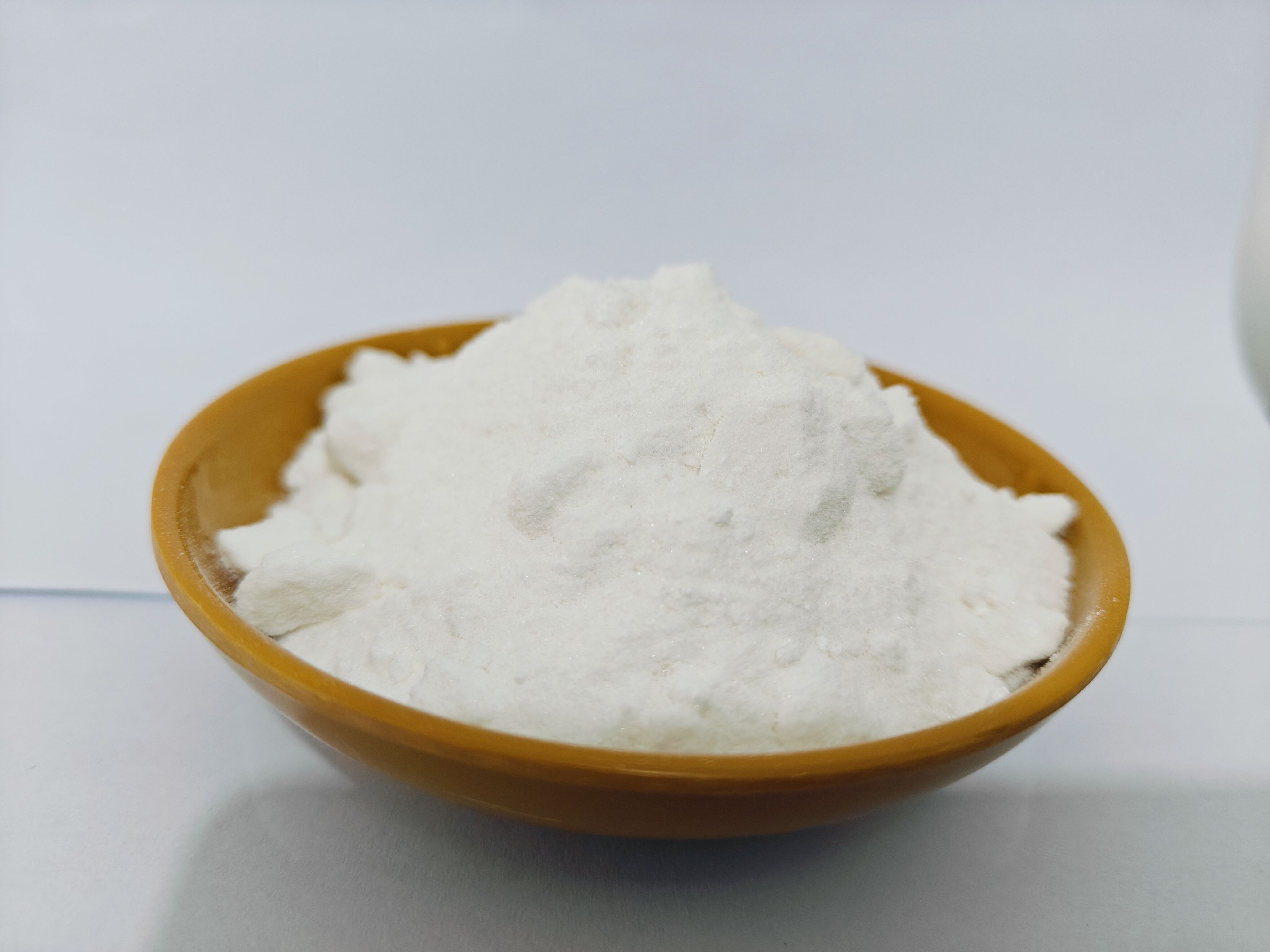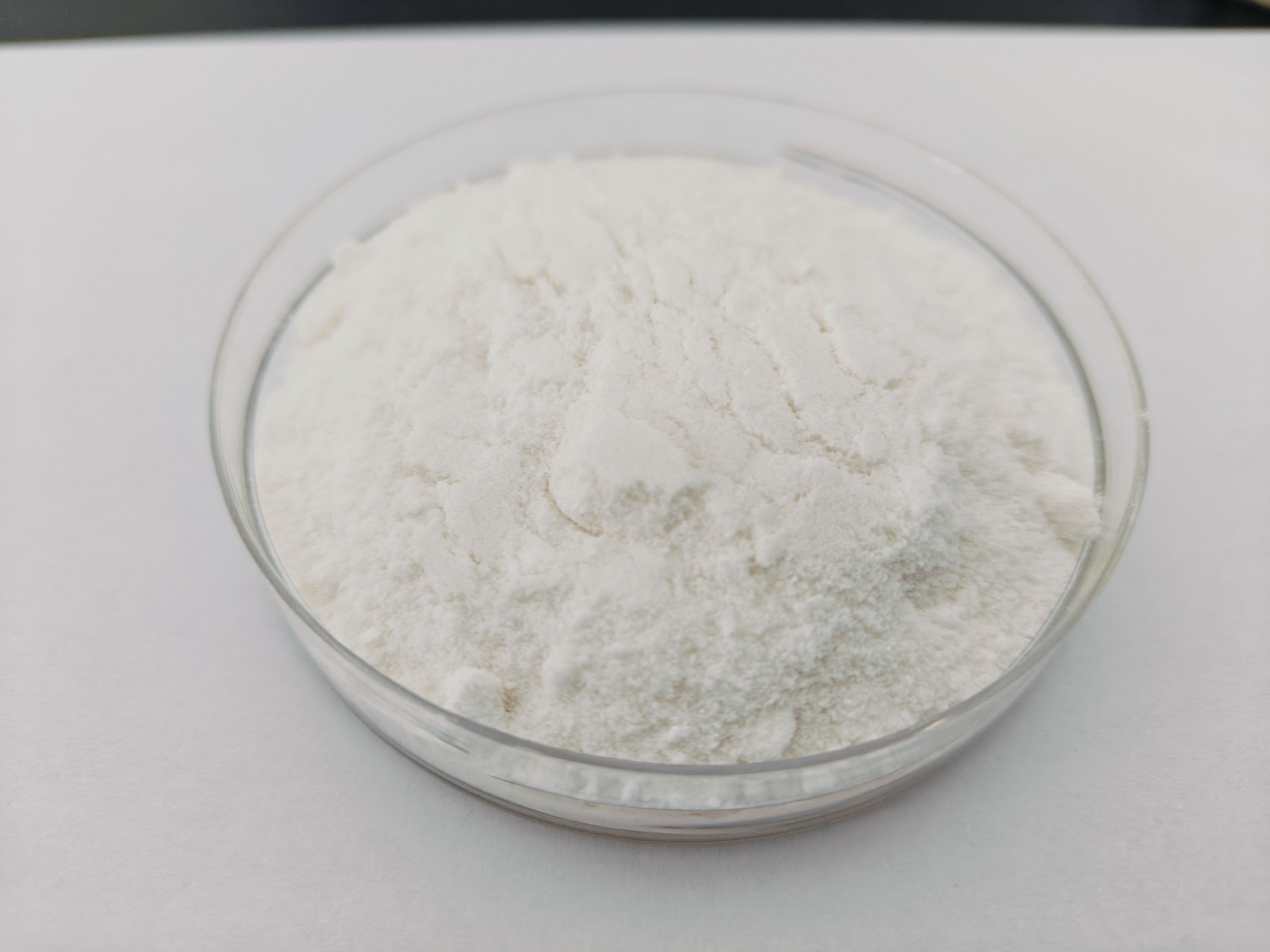Understanding the Critical Role of EMC Curing Catalysts in Modern Electronics
EMC curing catalysts play a fundamental role in the electronics manufacturing industry, specifically in the production of epoxy molding compounds (EMC) used to encapsulate and protect sensitive electronic components. These catalysts are essential chemical agents that initiate and control the curing process, ensuring optimal performance and longevity of electronic devices. Their effectiveness can significantly impact the quality and reliability of the final product, making it crucial to understand the various factors that influence their performance.
The complexity of EMC curing catalysts lies in their ability to facilitate cross-linking reactions while maintaining precise control over the curing process. As the electronics industry continues to evolve with increasingly sophisticated requirements, the demand for high-performance EMC curing catalysts has grown substantially. Understanding these influential factors enables manufacturers to optimize their processes and achieve superior results in electronic component protection.
Environmental Conditions and Their Impact
Temperature Variations and Thermal Stability
Temperature is perhaps the most critical environmental factor affecting EMC curing catalysts performance. The reaction kinetics of these catalysts are highly temperature-dependent, with optimal activity typically occurring within specific temperature ranges. When temperatures exceed the recommended limits, catalyst degradation may occur, leading to incomplete curing or compromised material properties.
Thermal stability also plays a crucial role in maintaining consistent catalyst performance throughout the curing process. EMC curing catalysts must maintain their effectiveness across varying temperature conditions, especially during the exothermic curing reaction where local temperature spikes can occur. Manufacturers must carefully monitor and control temperature parameters to ensure uniform curing and optimal results.
Humidity and Moisture Sensitivity
Moisture content in the operating environment can significantly impact the performance of EMC curing catalysts. Many catalyst systems are sensitive to humidity, which can lead to premature activation or degradation of the catalytic components. High moisture levels may result in reduced shelf life, inconsistent curing behavior, or even complete catalyst deactivation.
To maintain optimal performance, proper storage conditions and moisture control measures are essential. This may include the use of moisture-barrier packaging, controlled environment storage facilities, and proper handling protocols to minimize exposure to ambient humidity.

Chemical Composition and Formulation Factors
Catalyst Concentration and Purity
The concentration of EMC curing catalysts in the formulation directly affects the curing rate and final properties of the molding compound. Too low a concentration may result in incomplete curing, while excessive amounts can lead to rapid, uncontrolled reactions that compromise the final product quality. Maintaining precise control over catalyst concentration is crucial for achieving consistent results.
Catalyst purity is equally important, as contaminants or impurities can interfere with the catalytic mechanism, reducing efficiency or causing unexpected side reactions. High-quality, pure catalyst materials are essential for reliable performance and reproducible results in EMC applications.
Compatibility with Resin Systems
The chemical compatibility between EMC curing catalysts and the resin system is fundamental to achieving optimal performance. Different resin chemistries may require specific catalyst types to ensure proper cross-linking and cure progression. Incompatibilities can result in poor curing, inadequate adhesion, or compromised mechanical properties of the final product.
When selecting EMC curing catalysts, manufacturers must consider the specific requirements of their resin system and ensure proper compatibility testing is conducted. This includes evaluating potential interactions with other additives and fillers present in the formulation.
Processing Parameters and Operating Conditions
Mixing and Dispersion Quality
The effectiveness of EMC curing catalysts heavily depends on their proper distribution throughout the resin system. Inadequate mixing or poor dispersion can result in localized variations in cure rate and properties. Advanced mixing technologies and optimized processing parameters are essential for achieving uniform catalyst distribution.
Manufacturers must carefully control mixing time, speed, and temperature to ensure optimal catalyst dispersion while avoiding potential degradation due to excessive shear or thermal exposure during the mixing process.
Cure Time and Pressure Conditions
The relationship between cure time and pressure conditions significantly influences the performance of EMC curing catalysts. Proper pressure application during curing helps ensure good contact between components and promotes uniform cure progression. Insufficient pressure may result in voids or incomplete curing, while excessive pressure can cause material displacement or stress-related issues.
Optimizing cure schedules requires careful consideration of both time and pressure parameters, taking into account the specific requirements of the application and the characteristics of the chosen catalyst system.
Storage and Handling Considerations
Shelf Life and Storage Conditions
The storage conditions of EMC curing catalysts directly impact their long-term stability and performance. Proper temperature control, protection from light exposure, and moisture-free storage environments are essential for maintaining catalyst activity. Regular monitoring and proper inventory management help ensure that catalysts remain within their specified shelf life.
Manufacturers should implement strict storage protocols and maintain detailed records of storage conditions to prevent degradation and ensure consistent catalyst performance throughout their intended use period.
Handling Procedures and Safety Measures
Proper handling procedures are crucial for maintaining the integrity and performance of EMC curing catalysts. This includes using appropriate personal protective equipment, following recommended transfer procedures, and minimizing exposure to environmental contaminants. Careful attention to safety measures not only protects personnel but also helps maintain catalyst quality.
Training programs and standard operating procedures should be established to ensure all personnel understand and follow proper handling protocols, reducing the risk of catalyst degradation due to improper handling.
Frequently Asked Questions
How do EMC curing catalysts affect the final properties of electronic components?
EMC curing catalysts influence the cross-linking density, cure speed, and ultimate mechanical properties of the encapsulation material. Proper catalyst performance ensures optimal protection of electronic components, including enhanced thermal stability, moisture resistance, and mechanical strength.
What are the signs of catalyst degradation or poor performance?
Common indicators include inconsistent cure times, incomplete curing, surface defects, poor adhesion, and variations in final material properties. Regular quality control testing and monitoring of process parameters can help identify potential catalyst performance issues early.
How can manufacturers optimize catalyst performance in their EMC processes?
Optimization strategies include maintaining proper storage conditions, implementing precise mixing and dispensing procedures, controlling environmental conditions during processing, and regularly validating catalyst activity through quality control testing. Following manufacturer recommendations and maintaining detailed process records are also essential for consistent performance.

